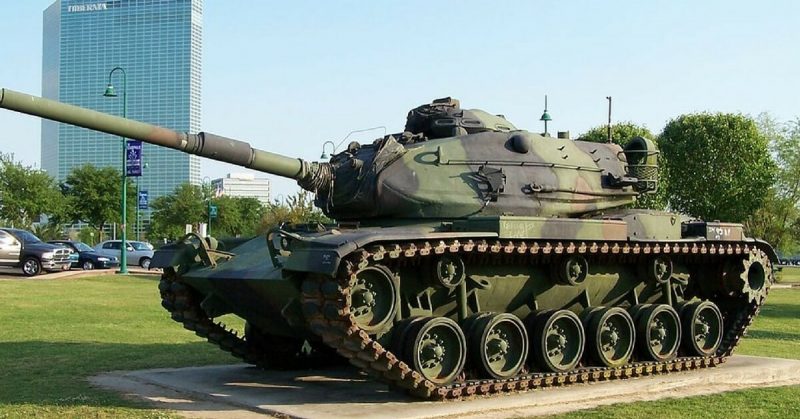Tanks and other armored vehicles saw rapid development during WWII ― from technology to doctrines, it was apparent that the tank was to be the backbone of any modern army. The end of the war was, in fact, the dawning of a new arms race, this time between former allies ― the Soviet Union and the USA.
In 1956, things weren’t looking good for the countries that were part of the Warsaw Pact. In Budapest, a full-scale revolution began to take place. The Soviet response was brutal. They sent in their new T-54 and T-55 tanks to level the city and break the rebellion.
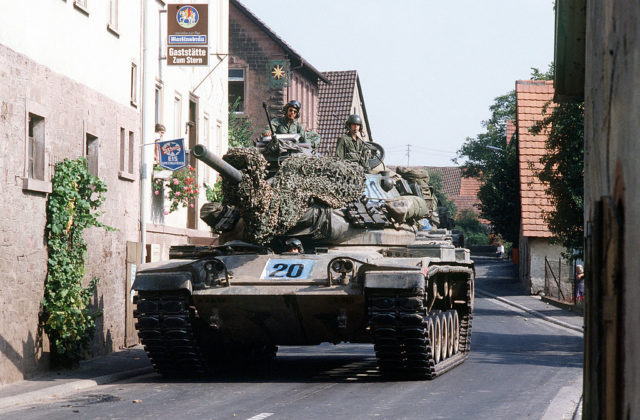
Photo Source
During the battle, the Hungarian rebels managed to get a hold of one of the T-54 tanks and drove it to the British embassy in Budapest.
The British accepted this gift and started examining the Soviet design. They came to a grave conclusion ― the tank was far better than anything that they or the Americans had to offer. The Soviet-built 105 mm tank gave birth to the legendary British design ― Royal Ordnance L7.
On these grounds and on the information provided by the British came the M60 Patton ― the fighting vehicle that introduced the Main Battle Tank category, which was to combine the firepower and protection sufficient for the assault role with the mobility to perform as a medium tank. The M60 Patton was based on its forerunner, the M48, but employed a new state-of-the-art 105 mm gun.
Its secondary armament included two machine guns and its armor ranged from 93mm (6.7 in) to 258 mm (10.15 in). The tank operated with a Continental AVDS-1790-2 V12, air-cooled Twin-turbo diesel engine that could achieve a maximum speed of 30 miles per hour (48 km/h) on road.
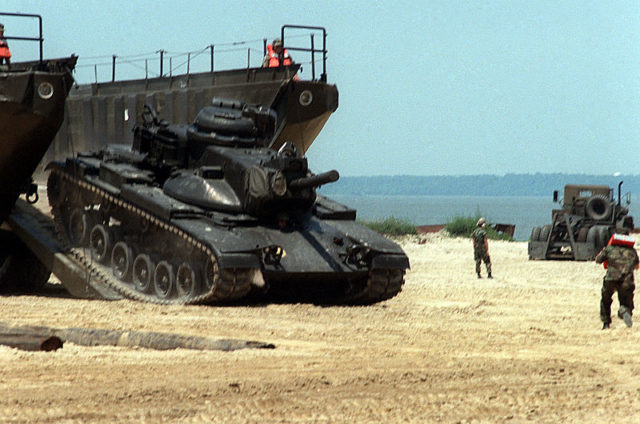
Its first version, the M60A1, was introduced to the service in 1961, and later developments led to the M60A2 (nicknamed “the Starship” for its use of computer technology), and the M60A3 which utilized a number of technological enhancements.
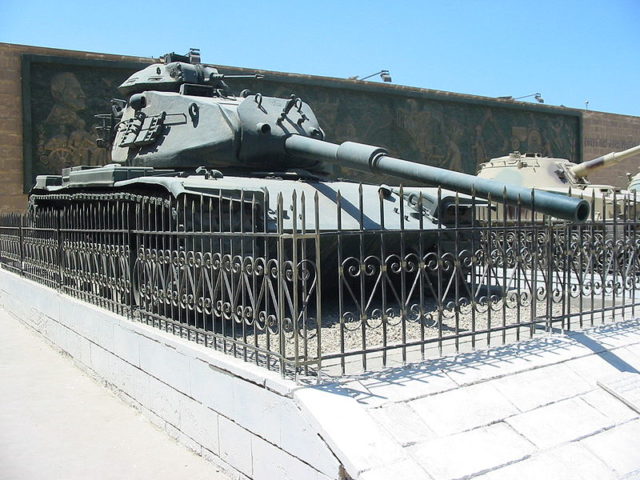
Despite its advanced variants, the initial version garnered most of the popularity, as it was the one that saw most extensive combat. Israel bought several M60A1 models in 1971 and continued to purchase up to 150 units of this tank.
During the Arab-Israeli wars, the tank had made its reputation as a highly maneuverable and devastating in terms of firepower.
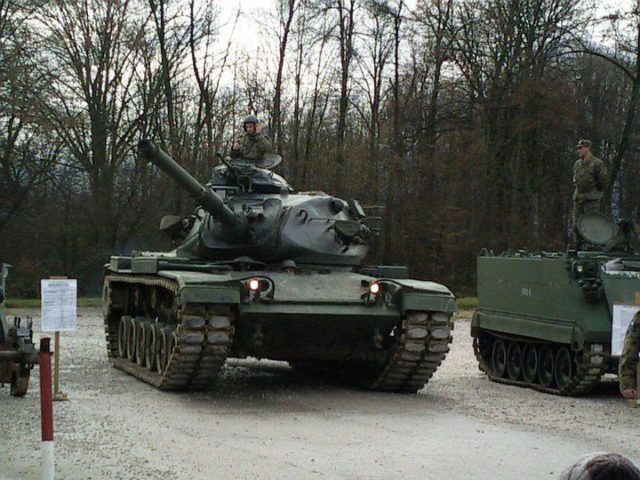
Other countries besides the USA that relied on the M60 Patton were Kuwait and Iran, the latter used its M60s extensively during the Iraq-Iran war which lasted from 1980 to 1988. In 2005, M60 variants were in service with Bahrain, Bosnia, Brazil, Egypt, Greece, Israel, Jordan, Portugal, Spain, Tunisia, Turkey, Thailand, ROC (Taiwan), Iran, and some other nations to varying degrees.
There were 15,000 M60 Patton tanks produced in a period between 1961 to 2005 when the last ones were retired from the U.S. military. Nevertheless, the Patton is still in wide use and is constantly being upgraded to match the current standards.
